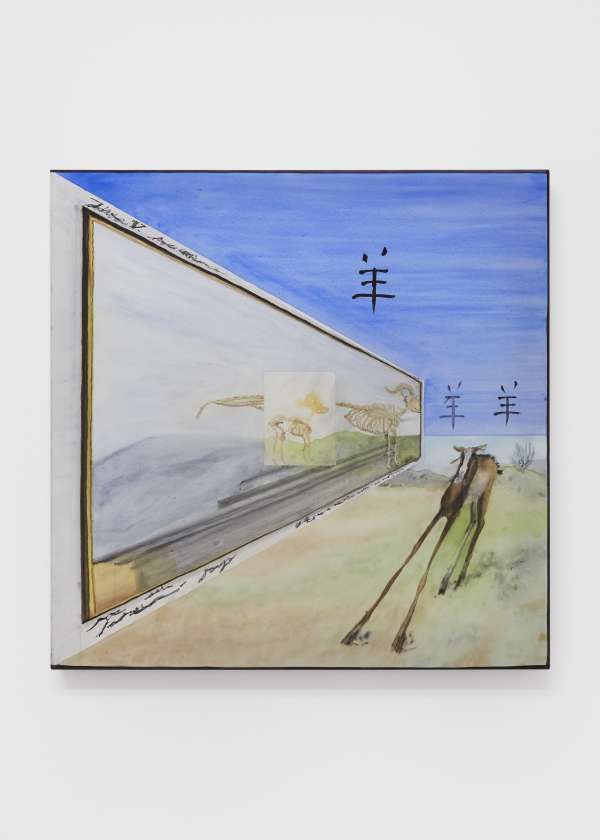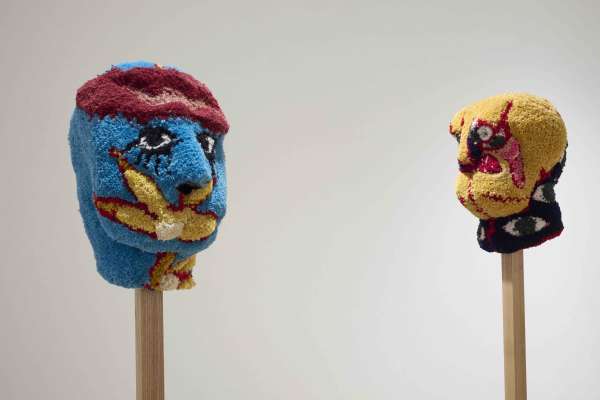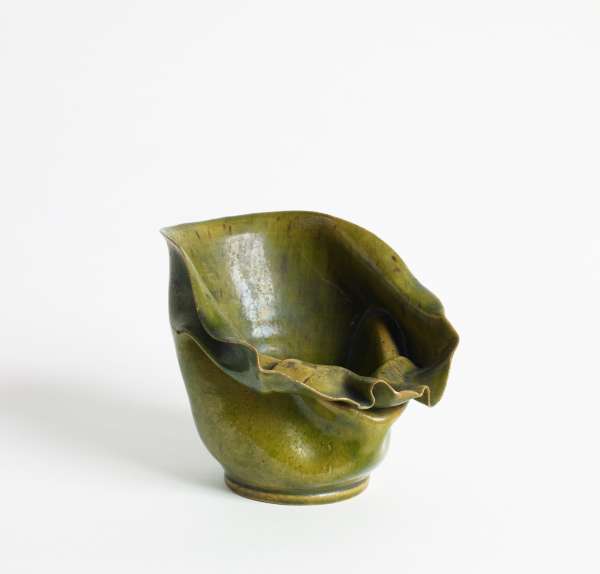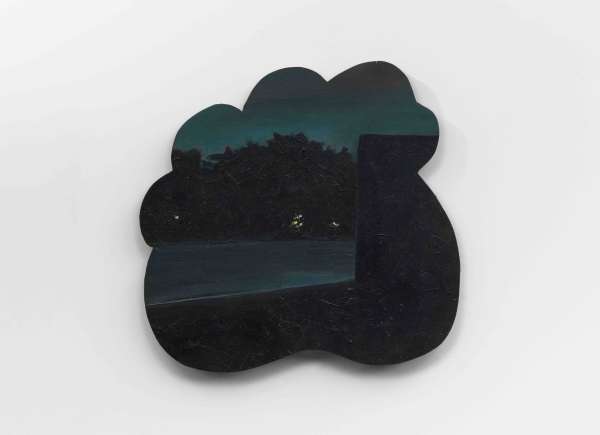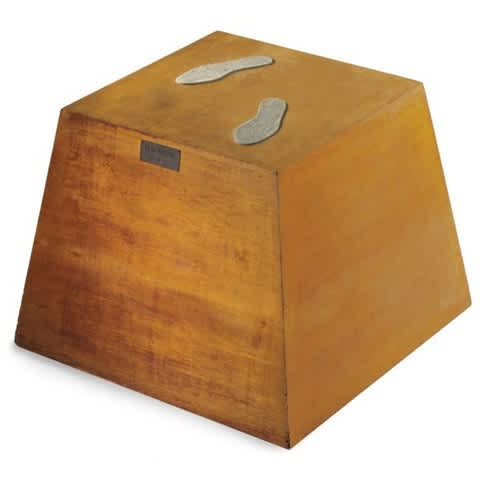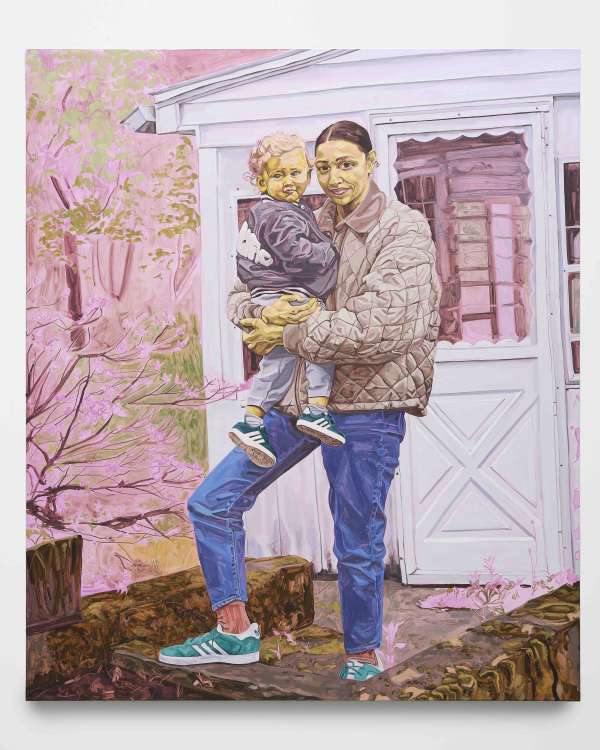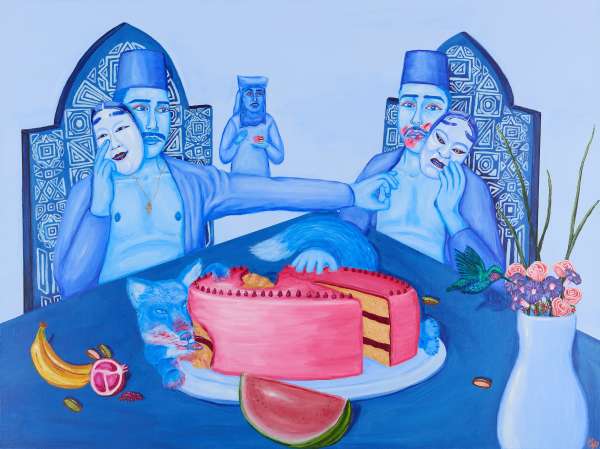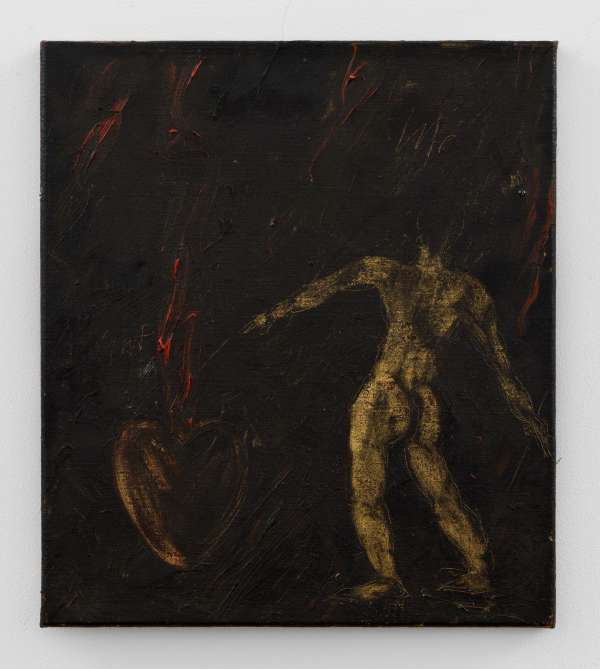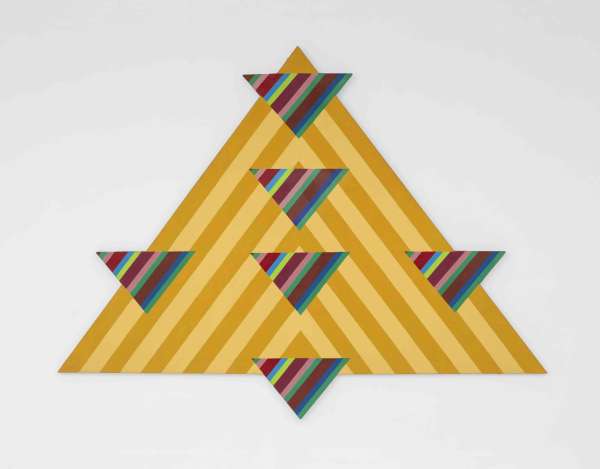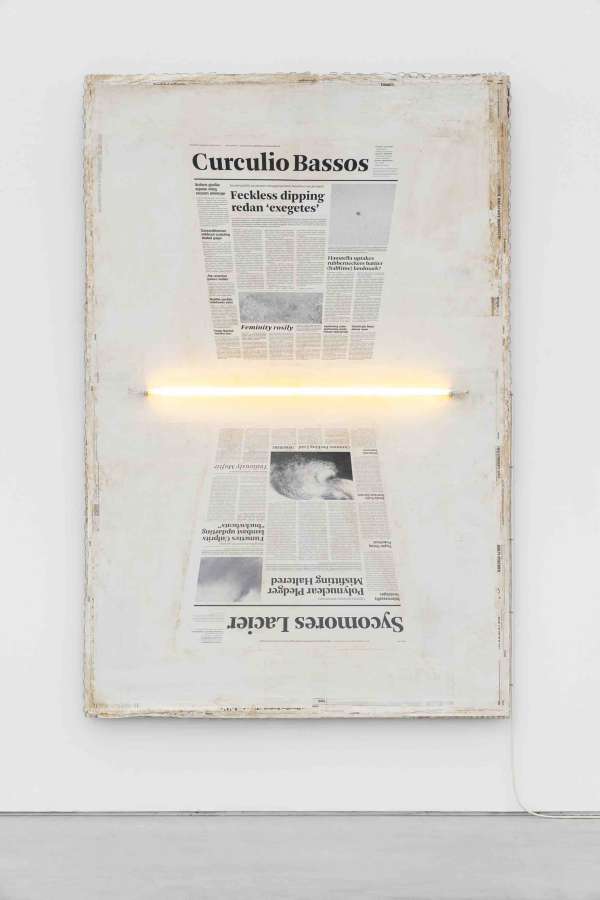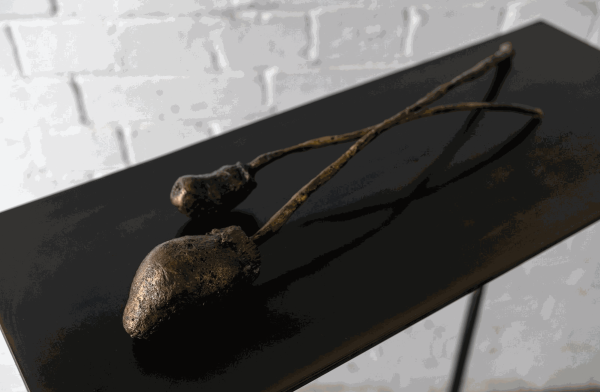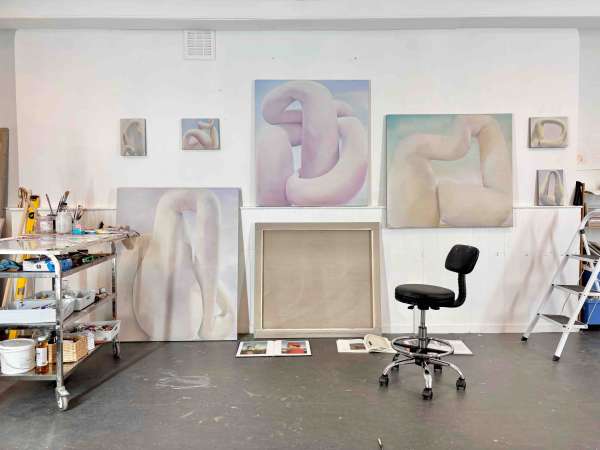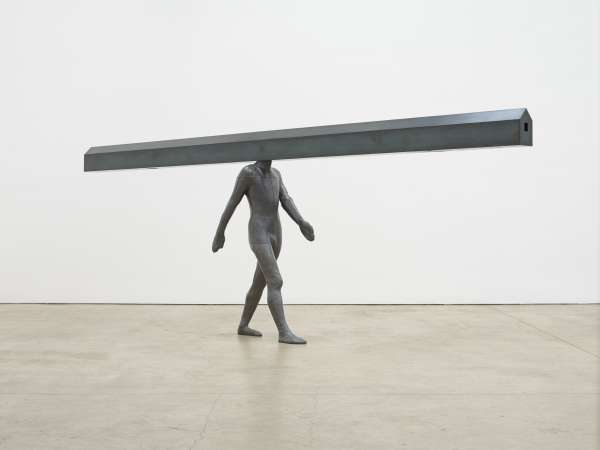- Emily Kam Kngwarray
- Gieve Patel
- Jordan Casteel
- Ki Yoong
- Pablo Picasso
- Paola Pivi
- Philippe Van Snick
- Richard Hunt
- Seraphina Mutscheller
- SoiL Thornton
- Aaron Angell
- Abbas Zahedi
- Abraham Kritzman
- Adham Faramawy
- Aimée Parrott
- Akeem Smith
- Akram Zaatari
- Alan Constable
- Alberto Burri
- Alexander Calder
- Alison Watt
- Allan Golder-Carpenter
- Amanda Moström
- Ambera Wellmann
- Ana Bidart
- Anderson Borba
- Andrea Francolino
- Andrew Bick
- Ann Stokes
- Ann Sutton
- Anna Clegg
- Anna Higgins
- Anna Perach
- Anselm Reyle
- Antony Gormley
- Augustas Serapinas
- Babak Kazemi
- Barbara Hepworth
- Barbara Nicholls
- Barry McGee
- Basse Stittgen
- Bay Tang Jiaxin
- Bengt Tibert
- Bernar Venet
- Bernard Frize
- Betty Muffler
- Bharti Kher
- Biraaj Dodiya
- Bo Kim
- Boo Saville
- Brian Teeling
- Brittany Shepherd
- Brook Andrew
- C Lucy R Whitehead
- Cao Jigang
- Carlos Reyes
- Carol Rhodes
- Carolina Aguirre
- Cecilia Fiona
- Chioma Ebinama
- Chloé Quenum
- Cindi Ji Hye Kim
- Claudia Alarcón
- Clementine Keith-Roach
- Cora Wollenstein
- Daisy Dodd-Noble
- David Batchelor
- David Hockney
- David Salle
- Derek Boshier
- Derek Jarman
- Diana Puntar
- Diane Cescutti
- Dima Srouji
- Divine Southgate-Smith
- Dorje de Burgh
- Dotty Attie
- Edmund de Waal
- Eli Ping
- Emerson Pullman
- Emii Alrai
- Emily Hunt
- Emma cc Cook
- Emma Talbot
- Emmanuel Massillon
- Erica Mahinay
- Erin Lawlor
- Erin O'Keefe
- Eve Acrokyd
- Felix Shumba
- Filippo Antonello
- Fin Simonetti
- Florence Houston
- Francesca Mollett
- Francis Upritchard
- Gaia Ozwyn
- Gala Porras-Kim
- George Braque
- George Ohr
- Grace Pailthorpe
- Gregor Hildebrandt
- Han Ji Min
- Hana Miletić
- Harley Weir
- Haroun Hayward
- Hetty Douglas
- Hoa-Dung Clerget
- Ibrahim Ahmed
- Ilaria Vinci
- Irene Chou
- Ithell Colquhoun
- Iván Argote
- Ivana Bašić
- Jake Longstreth
- Jananne Al-Ani
- Jaune Quick-to-See Smith
- Jean Dubuffet
- Jean-Michel Othoniel
- Jen O'Farrell
- Jennifer Bartlett
- Jesús Rafael Soto
- Jimmy Robert
- Joan Miró
- Joanne Leonard
- Joe Bradley
- Joel Wycherley
- Jonathan Lasker
- José Pedro Costigliolo
- Josef Strau
- Joseph Jones
- Joseph Tong
- Josh Sperling
- Joy Gregory
- Juan Gris
- Judith Dean
- Judith Lauand
- Julia Thompson
- Julian Stair
- Juno Calypso
- Justyna Baśnik
- Kate Groobey
- Kate Spencer Stewart
- Katelyn Eichwald
- Kathleen Ryan
- Kayode Ojo
- Kemi Onabulé
- Kialy Tihngang
- Kiki Smith
- Kofi Perry
- Koon Wai Bong
- Leonardo Drew
- Li Li Ren
- Lisa Ivory
- Lisa Milroy
- Liza Giles
- Lizi Sánchez
- LoVid
- Lu Dadong
- Lubna Chowdhary
- Lucille Lewin
- Luigi Zuccheri
- Mandy Franca
- Maren Karlson
- Margarita Gluzberg
- Maria Martins
- Marie Harnett
- Marion Adnams
- Mark Manders
- Martin Brothers
- Martine Poppe
- Massoud Hayoun
- Mat Collishaw
- Máté Orr
- Matthew Lutz-Kinoy
- Matthew Warner
- Matthias Franz
- Mehdi Georges-Lahlou
- Michael Dean
- Michaela Yearwood-Dan
- Michał Knychaus
- Mimosa Echard
- Modupeola Fadugba
- Molly Burrows
- Muhanned Cader
- Myriam Bat Yose
- Nancy Graves
- Natalia Ocerin
- Nicky Hirst
- Nicole Wermers
- Nina Chanel Abney
- Nooka Shepherd
- Odilon Redon
- Omar Mismar
- Osman Dinc
- P. Staff
- Paul Thek
- Paula Rivas
- Paulina Olowska
- Paweł Baśnik
- Peter Saul
- Philippe Parreno
- Pia Ortuno
- Pio Abad
- Polly Morgan
- Prunella Clough
- Rachel Clancy
- Rachel Rossin
- Rae-Yen Song
- Raed Yassin
- Rafael Canogar
- Ragna Bley
- Raoul Dufy
- Renate Bertlmann
- Renato Leotta
- Richard Burton
- Richard Lin
- Rick Lowe
- Ro Robertson
- Romilly Saumarez Smith
- Rosemary Mayer
- Saba Khan
- Seher Shah
- Serolod
- Sherko Abbas
- Sheroanawe Hakihiiwe
- Shiraz Bayjoo
- Shuyi Cao
- Shyama Golden
- Simon Lehner
- Simon Ling
- Sin Wai Kin
- Sonya Derviz
- Sophie Calle
- Soyoung Hyun
- Stanislava Pinchuk
- Stella Snead
- Stephen Chambers
- Stephen Cox
- Stephen Wong Chun Hei
- Takashi Murakami
- Tanoa Sasraku
- Thania Petersen
- Theresa Weber
- Toyen
- Tulani Hlalo
- Ugo Rondinone
- Ula Lucińska
- Unyimeabasi Udoh
- Valentino Cortazar
- Vicky Đỗ
- Virginia Chihota
- Wassily Kandinsky
- William Farr
- Wloch Atelier
- WooJin Joo
- Xie Fan
- Y.Z. Kami
- Yan Pei-Ming
- Yassi Mazando
Artists
- Abstract
- Ceramics
- Drawing
- Figurative
- Installation
- Mixed media
- Painting
- Performance
- Photography
- Sculpture
- Textile
- Video art
Categories
- West
- Central
- East
- South
Area
RESULTS FOUND
SORT BY:
Favourite
-

+ Days + Nights
Elizabeth Xi Bauer Central -

Judith Dean
South Parade Central -

(H±R-A) The Pre-Actual Acorn
Niru Ratnam Central -

40 Years
Public Gallery East -

A garment, a pin, a seam, a shield
Phillida Reid Central -

A Leap of Sympathy
Richard Saltoun Gallery Central -

A Whole Thing
Seventeen East -

Aaron Angell - NOT ALL ON SHOW
Ilenia East -

Alison Watt
Levy Gorvy Dayan Central -

An angel is just a messenger
Maureen Paley East -

Annual Honesty
Modern Art Helmet Row East -

As we are
Workplace Central -

AUF FALSCHER SEITE IN DIE FALSCHE RICHTUNG
ALMINE RECH Central -

Balancing Acts
Holtermann Fine Art Central -

Base Materialism
Albion Jeune Central -

Best Self
Brooke Benington Central -

Between Sun and Moon
mother’s tankstation East -

Between the Tides
Patrick Heide Contemporary Art Central -

BOWLS, POTS, VESSELS, URNS, CREATURES, FIGURES, LUMPS
The Gallery of Everything Central -

Bucolic Cob
Public Gallery East -

California Landscapes
Galerie Max Hetzler Central -

Carol Rhodes
Alison Jacques Central -

Cartographer of a Fifth Dimension
Yamamoto Keiko Rochaix East -

Celestial Echoes
Tristan Hoare Central -

Cell 72: The Cost of Confinement
Harlesden High Street West -

Cinética de la manifestación
Gallery Rosenfeld Central -

claim no easy victories
GRIMM Central -

Contemplatio
Mazzoleni Central -

Coward
MAMOTH Central -

David Salle: Some Versions of Pastoral
Thaddaeus Ropac Central -

Dialogues
LAMB Gallery Central -

Dialogues: Andrew Bick and Prunella Clough
Hales Gallery East -

Douglas
Rose Easton East -

Dreamlandia
Sim Smith South -

Due to an obscure reason
No.9 Cork Street Central -

East of the Sun and West of the Moon
Kristin Hjellegjerde Gallery South -

El Almendral
Pilar Corrias Conduit Street Central -

Emily Kam Kngwarray: My Country
Pace Gallery Central -

Engagements
Josh Lilley Central -

Eternal Ghost
Cedric Bardawil Central -

Eyes in Downpour
Pi Artworks Central -

Figure–Ground
Ab-Anbar Central -

Filippo Antonello: Aufheben
Kearsey & Gold Central -

Finding My Blue Sky
Lisson Gallery Bell Street Central -

Finding My Blue Sky
Lisson Gallery Lisson Street Central -

Focus: Joseph Jones
Workplace Central -

For want of a horse, a button was lost
Tiwani Contemporary Central -

Francis Upritchard
Kate MacGarry East -

Handful of Dust
Palmer Gallery Central -

Hard Goods
Bernheim Central -

Horizons
No.9 Cork Street Central -

Icyyy Grip
Studio/Chapple South -

If this is paradise, then I wish I had a lawnmower
Niru Ratnam Central -

Implicate Factory Outlet
ALMA PEARL East -

In Flux
Flowers Gallery Central -

In Plain Sight
Luxembourg + Co. Central -

In the House
Pippy Houldsworth Gallery Central -

In the Mood for Love: Hockney in London 1960-63
Hazlitt Holland-Hibbert Central -

Incantations to a Vague Borderland
LBF Contemporary Central -

inscape
Vigo Gallery Central -

INTROVERSE
Alice Amati Central -

Invisible Landscapes
Tristan Hoare Central -

Invitation To A Ritual
IMT Gallery East -

Jimmy Robert: The Erotics of Passage
Thomas Dane Gallery Central -

Joanne Leonard: Photographs and Collages
HackelBury Fine Art West -

Joe Bradley: Animal Family
David Zwirner Central -

Jordan Casteel: Presentation of works
Thaddaeus Ropac Central -

Kicking Die (To Scale With a Ladder)
Herald St East -

Kofi Perry
Cooke Latham Gallery South -

Leonardo Drew
Goodman Gallery Central -

Like Lovers Do
Cob Central -

Luigi Zuccheri
Sylvia Kouvali Central -

Make Me a Place in Time and Seasons: Works by Rosemary Mayer, 1971–1983
Hollybush Gardens Central -

Marie Harnett: Were you dreaming?
Cristea Roberts Gallery Central -

Matthew Warner
Corvi-Mora South -

Me and You in The Continuum (Now: Zero)
New Art Projects -

Metamorphosis
White Cube Bermondsey South -

Metanoia
Berntson Bhattacharjee Central -

Miracle State
Haricot Gallery East -

Move Baby, Move
Pilar Corrias Savile Row Central -

Munoonei kana makaditarisa nhai Mwari?
Tiwani Contemporary Central -

No Time for Despair
Hauser & Wirth Central -

Nothing that has ever happened is lost
Ben Hunter Central -

Nuit
Emalin: The Clerk's House East -

Of Movement, Materials and Methods
Gallery 1957 West -

Of Peasants & Basterds
Edel Assanti Central -

Only Your Name
SLQS Gallery East -

Parrhesia
Gallery Rosenfeld Central -

Paul Thek: Seized by Joy. Paintings 1965–1988.
Thomas Dane Gallery Central -

Peter Saul
Saatchi Yates Central -

Pictures for Happy Existentialists
Timothy Taylor Central -

Polyphonies
Ames Yavuz Central -

Potatoes and Chamomile
Emalin East -

Powder Puff
Lyndsey Ingram Central -

Rachel Clancy
Pipeline Central -

Rae-Yen Song
William Hine South -

Rafael Canogar
The Mayor Gallery Central -

Real love is a love that sets you free
Maureen Paley: Studio M East -

Reality is Relative
ALMINE RECH Central -

Recent Paintings
Lyndsey Ingram Central -

Rick Lowe
Gagosian Burlington Arcade Central -

Ro Robertson: Holder Up
Maximillian William Central -

Roman Meal
Gagosian Davies Street Central -

Rooted in Memory
Stephen Friedman Gallery Central -

Roots, Realms and Reveries
ai. East -

Sculpted
Ordovas Central -

Second Skin
Sid Motion Gallery South -

Secret Ceremony
The Approach East -

Silly Bitch
Soup South -

Simon Ling
greengrassi South -

SLANT
domobaal Central -

Something where there should be nothing
Soft Opening East -

Sonya Derviz: Near and Far
Sherbet Green West -

Stateless
Larkin Durey Central -

Stephen Cox
Grosvenor Gallery Central -

Sunrise Mission
Opera Gallery Central -

Tails & Fainters
Herald St | Museum St Central -

The Black Paintings : A Chronology
Amanda Wilkinson Central -

The categorical bind
Sprüth Magers Central -

The Garden
Hannah Barry Gallery South -

The Hills Are Not as Close as They Seem
JD Malat Gallery Central -

the rainbow body
Sadie Coles HQ Kingly Street Central -

The System is Alive
Perrotin Central -

The Way Forward: Derek Boshier and the Sixties
Gazelli Art House Central -

The Weight of Lightness
Bluerider ART Central -

Thread Suns
IONE & MANN Central -

Threaded Frequencies
Gazelli Art House Central -

Three Related Works
Modern Art Bury Street Central -

Time Alone
JD Malat Gallery Central -

To Bad, So Sad, Maybe Next Birth
PM/AM Central -

To Desir, Mo Lamor
Copperfield South -

Together We Fall Apart
Trafalgar Avenue South -

total climate part 3: the map and the territory
Nicoletti East -

Unfolding of Time
Sprovieri Central -

Upon A Tide
Workplace Central -

Victoria Miro: 40 Years
Victoria Miro East -

Visual Symphonies
Nahmad Projects Central -

WANTED
MASSIMODECARLO Central -

What was left behind
Canopy Collections Central -

When Steel Dreams of Code
Waddington Custot Central -

Why Do I Stare at the Sky and Long for the Clouds
Night Café Central -

WITNESS Early Lead Works
White Cube Mason's Yard Central -

Choreography of the Imagination
Cecilia Brunson Projects South -

Æon
Krupa Central -

Conditions
Sadie Coles HQ The Shop Central -

Softer Concrete
Cecilia Brunson Projects South

